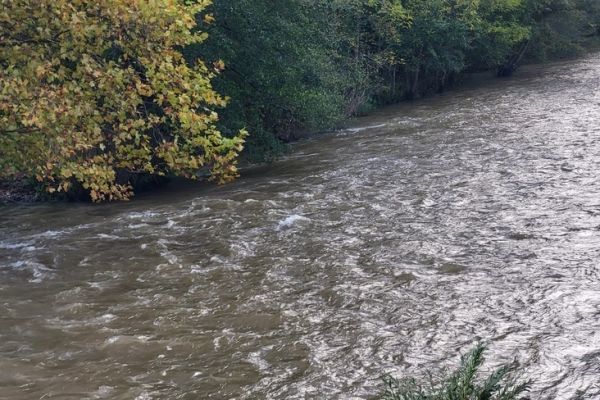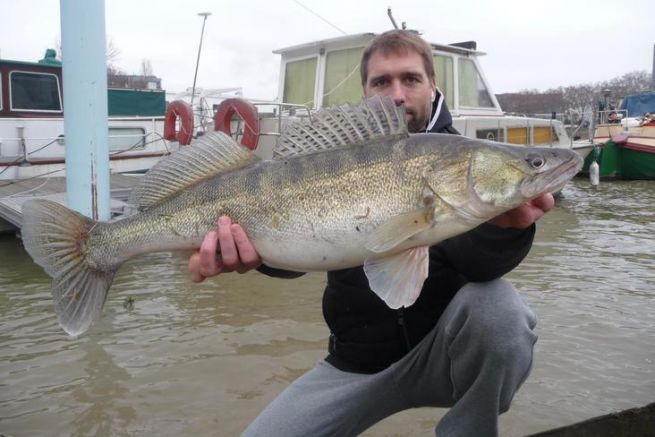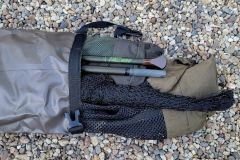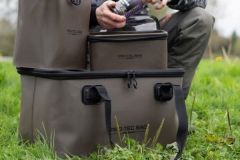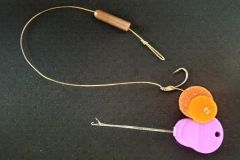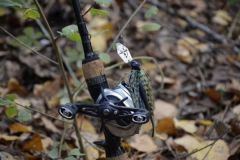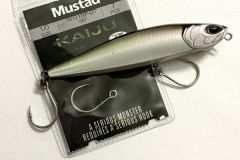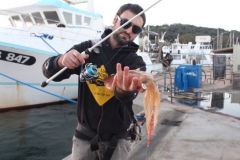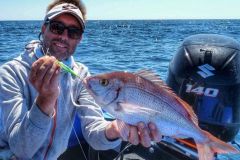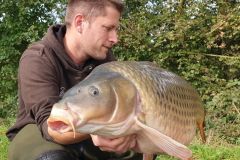As we saw in a previous topic, high water is a privileged time for pike-perch anglers, and while the spots are much more identifiable, accessible and rich in fish, it remains important to establish a plan of action to make the most of these conditions.
Finding the right spots
Identifying the right spots to fish for pike-perch during floods doesn't necessarily require you to be at the water's edge. In fact, thanks to satellite view software, you can locate spots likely to hold fish during floods. You'll need to identify any cut-outs on the bank that will create a calm or eddy. Sometimes, a simple one-meter-wide overhang is enough to shelter a few fish. But you can also identify larger spots such as harbors, oxbows, the inside of bends, the approaches to islands or bridge piers, and so on...
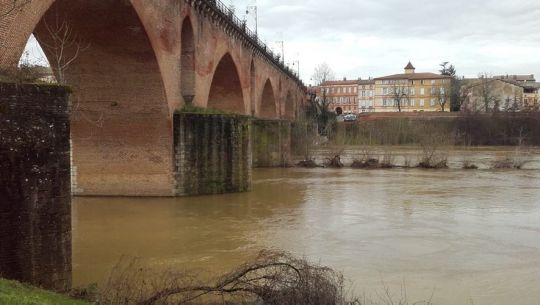
The right times for pike-perch fishing
The times when pike-perch seem to be most active during a flood are generally when the water is rising and when it's clearing at flood stage. However, while these are the times of peak activity, pike-perch, and very large ones at that, can be caught at any time. It's just that, at the height of the flood, when the water is very chewy, the periods of activity are more targeted.
A big fluorocarbon
There's no need to be discreet during a flood, and it's the ideal time to catch a record-breaking pike-perch with a high probability of encountering a few catfish on the same spots. Given the lack of visibility, opt for a solid rig.

Big lures
During high water, I don't go below 6 inches when stalking pike-perch. While one might think that the aim is to produce strong vibrations to compensate for the poor visibility, my opinion is that the calm spots shelter the predators but also the prey and that the biggest ones (bream, roach, etc.) are within the reach of the pike-perch's teeth. I'm convinced that most of their predation is directed at them.
Flashy colors
In murky waters, to help predators locate your lure, opt for flashy or contrasting lures. Yellow, orange, pink and white are excellent colors. But also black!
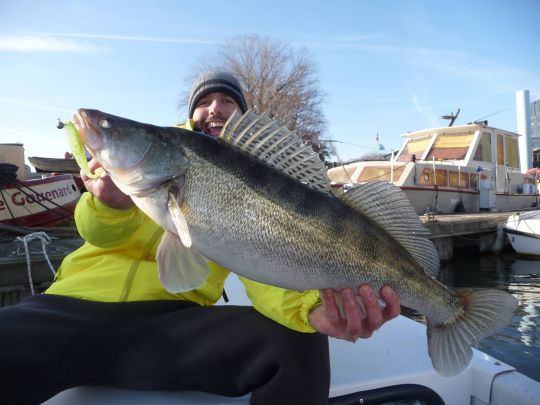
Animate slowly
In periods of high water, I prefer slow to very slow movements to enable predators to locate the lure accurately. But also because pike-perch are not always active. Although present in the area, they are often at rest, and taunting them with a soft lure parked in front of them awakens their opportunism or aggressiveness.
Insist and come back
Because pike-perch aren't always active, in periods of high water you need to be particularly insistent on the spots, waiting for something to trigger. The windows are sometimes very short and it's best to be there. In the same spirit, don't hesitate to come back at different times of the day.

Identify the right water level
Each spot works in a particular way, and this is also true during periods of high water. So, each of them will be productive at a specific time, which often corresponds to a specific water level.
Forget your alarm clock
Because light is no longer a problem, and floods often occur at a time when the days are cold, there's no need to get up at the crack of dawn. The famous midday rush is often favorable.

 /
/ 

